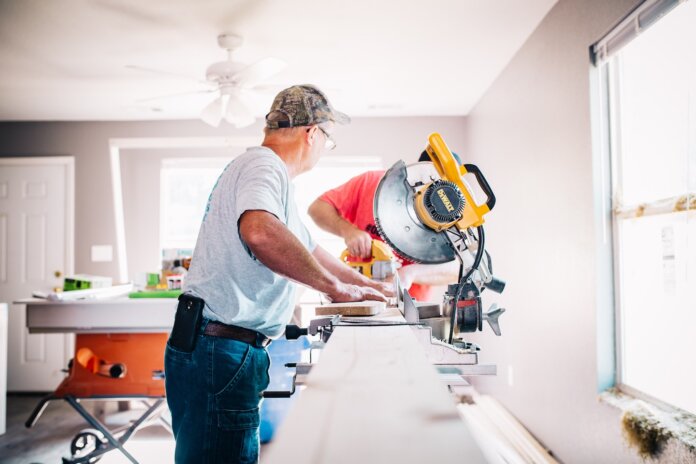Housing starts surprised in November, reaching a seasonally adjusted annual rate of 1.56 million, an increase of 14.8% compared with October and up 9.3% compared with November 2022, according to estimates released from the U.S. Census Bureau and the U.S. Department of Housing and Urban Development.
Starts of detached single‐family homes were at a rate of 1.143 million, an increase of 18% compared with October.
Starts of multifamily properties (five units or more per building) were at a rate of 404,000, an increase of 8.9% compared with the previous month.
Building permits fell to an annual rate of 1.46 million, down 2.5% compared with October but up 4.1% compared with November 2022.
Permits for single‐family homes were at a rate of 976,000, an increase of 0.7% compared with the previous month.
Permits for multifamily dwellings were at a rate of 435,000 in November, down 9.6% compared with the previous month.
Housing completions in November were at a rate of 1.447 million, an increase of 5.0% compared with October but down 6.2% compared with November 2022.
“Lower interest rates and a lack of resale inventory helped to provide a strong boost for new home construction in November,” says Alicia Huey, chairman of the National Association of Home Builders (NAHB), in a statement. “And while these higher starts numbers are consistent with our latest builder survey, which shows a rise in builder sentiment and future sales expectations, home builders continue to contend with elevated construction and regulatory costs.”
“The single-family starts figure is remarkably strong, and we would not be surprised to see this figure revised lower or fall back slightly in the next month, given the nearly 20% rise in November,” adds Robert Dietz, chief economist for NAHB. “NAHB is forecasting an approximate 4% gain for single-family starts in 2024, as mortgage rates settle lower, economic growth slows and inflation moves lower.”
Odeta Kushi, deputy chief economist for First American, says despite the recent surge in home construction “the U.S. housing market remains meaningfully underbuilt.”
“Estimates of the nationwide housing shortage vary but tend to range from between 3.5 million to 5.5 million housing units,” Kushi says in a statement. “This implies that, even if all the apartments and homes currently under construction came to market tomorrow, we’d still be underbuilt by millions of units. In other words, the new supply of housing coming to market is more likely to ease, rather than erase, the national housing shortage, although this will vary by location.
“Additionally, more housing supply is needed to meet demand, especially in an environment where most existing homeowners are rate locked-in and unwilling to part with their low mortgage rate,” Kushi adds. “Builders are benefitting from a lack of re-sale inventory. The recent decline in mortgage rates should contribute to the single-family momentum.”
Photo: Annie Gray











